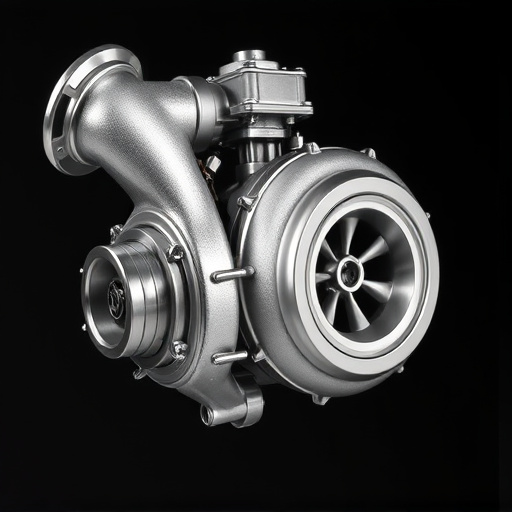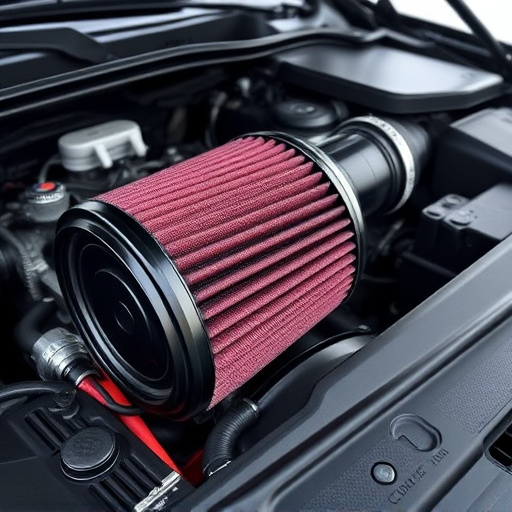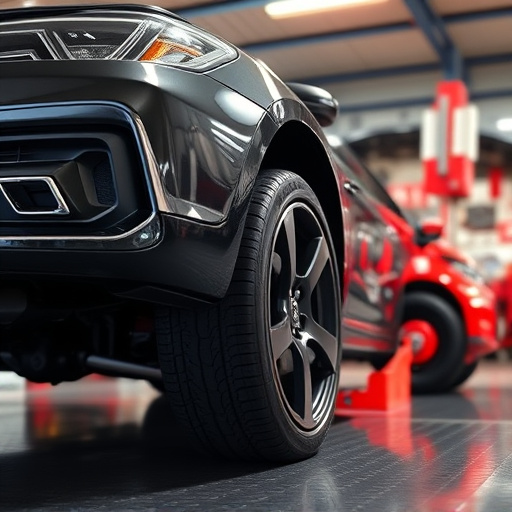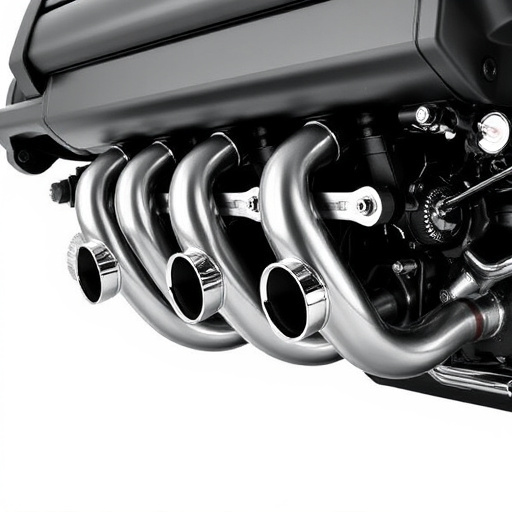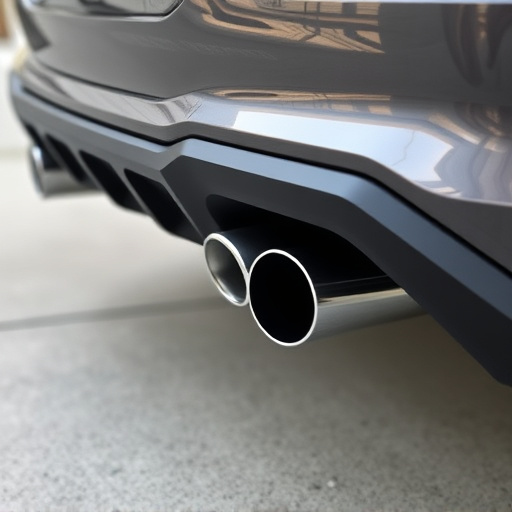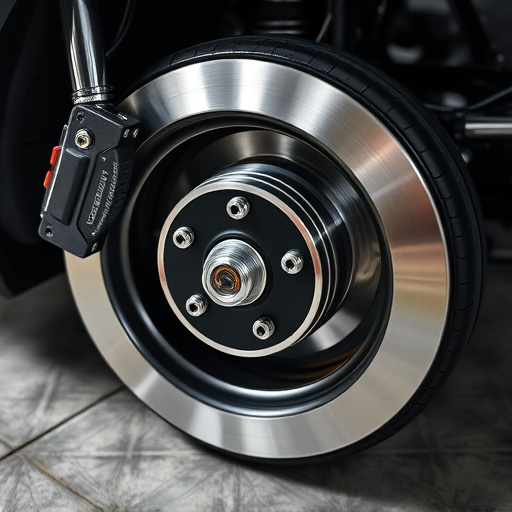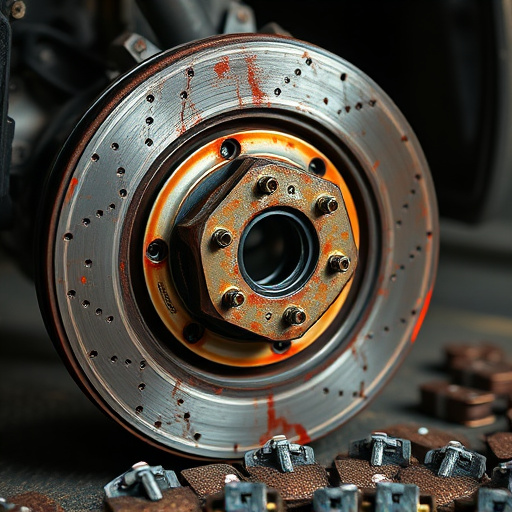Drop-in air filters enhance vehicle performance and efficiency by restricting airflow for better fuel burn and reducing emissions. They ensure cleaner air intake, improving throttle response and overall engine performance, especially in high-performance cars. These filters also boost braking efficiency by cooling brake pads. With proper installation, they optimize airflow, secure connections, and contribute to a smoother driving experience while maintaining engine health.
Discover how drop in air filters are transforming vehicle emissions and airflow. This article delves into the fundamentals of these innovative components, highlighting their benefits in enhancing engine performance. We explore the science behind their remarkable ability to reduce pollutants, offering a clearer understanding of their impact on environmental standards. Furthermore, practical installation techniques are discussed to ensure optimal results. Uncover why drop in air filters are gaining popularity as efficient, cost-effective solutions for cleaner, better-performing engines.
- Understanding Drop-In Air Filters: Basics and Benefits
- Impact on Emissions Reduction: Science Behind the Filter
- Optimizing Airflow: Techniques for Effective Installation
Understanding Drop-In Air Filters: Basics and Benefits
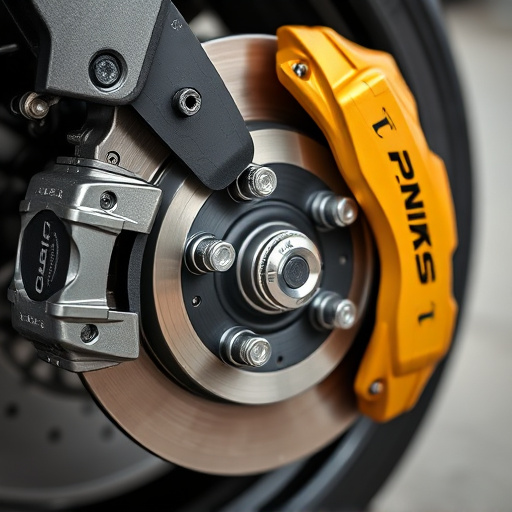
Drop-in air filters are easy-to-install components that offer a straightforward way to enhance engine performance and improve vehicle efficiency. These filters are designed to fit seamlessly into existing air intake systems, providing an immediate upgrade without complex modifications. The primary function is to restrict airflow, which can lead to a more controlled burn of fuel, resulting in reduced emissions.
By capturing fine particles and contaminants, drop-in air filters ensure a cleaner supply of air reaches the engine. This simple act has significant benefits, including improved throttle response and overall performance, especially in vehicles equipped with high-performance air filter kits. The same technology that cuts down on emissions can also enhance braking efficiency, as cleaner air allows for better cooling of brake pads, ensuring they maintain their integrity over time.
Impact on Emissions Reduction: Science Behind the Filter
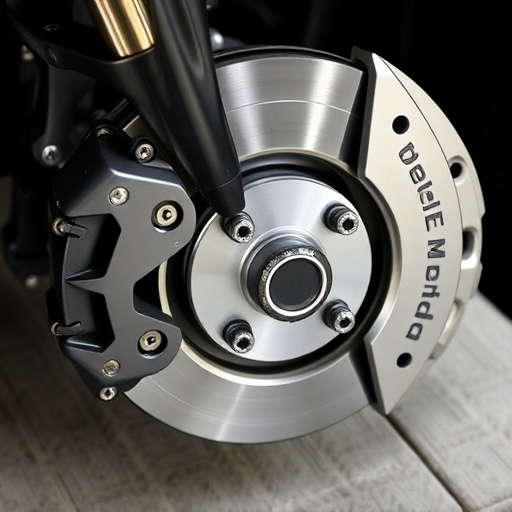
Drop in air filters are designed to improve vehicle performance and efficiency by enhancing airflow and reducing restrictions within the engine’s intake system. The science behind their effectiveness lies in their ability to capture and trap pollutants, such as dust, dirt, and other airborne debris, before they enter the combustion chamber. By filtering these contaminants, drop in air filters contribute significantly to emissions reduction.
These filters operate based on a combination of different media types, including fiber, carbon, and oil. The precise design and material composition vary among brands, but all aim to provide superior performance exhaust by ensuring a cleaner and more consistent air supply to the engine. In addition, they can complement other suspension components and cat back exhaust systems by optimizing air intake, leading to enhanced overall vehicle performance.
Optimizing Airflow: Techniques for Effective Installation
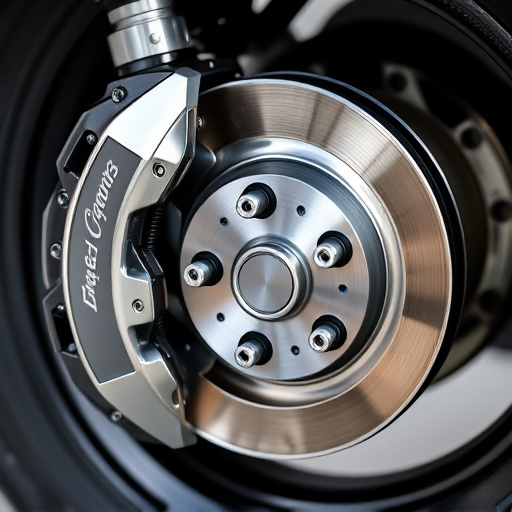
Optimizing airflow is a key consideration when installing drop-in air filters, as it ensures both maximum performance and minimal disruption to your vehicle’s engine. Proper installation begins with ensuring the filter fits snugly within the designated space, allowing for a tight seal that prevents air leaks. This often involves using specialized tools or adapters provided with the drop in air filter kit to achieve a secure fit.
For optimal results, align the filter’s intake and output ports accurately with your vehicle’s engine components. Additionally, check that all connections are secure and sealed to avoid any air bypasses that could reduce the efficiency of your performance brakes and affect overall emissions control. Keeping these factors in mind will ensure your drop-in air filter functions as intended, contributing to a smoother driving experience while maintaining the health of your engine and potentially enhancing its overall performance.
Drop-in air filters offer a simple yet effective solution for reducing emissions and optimizing airflow in various systems. By understanding their basics, the science behind their emission reduction capabilities, and proper installation techniques, users can harness the full potential of these filters. Incorporating high-quality drop in air filters into your setup is a smart step towards cleaner, more efficient operations, ensuring both environmental compliance and improved performance.




